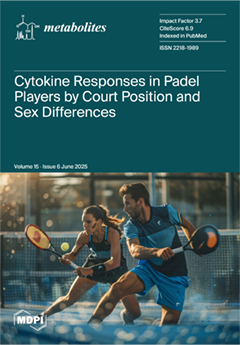Background/Objectives: In 4-octylphenol (4-OP), a toxic environmental pollutant with endocrine disruptive effect, the use of 4-OP causes pollution in the freshwater environment and poses risks to aquatic organisms. Common carps (
Cyprinus carpio L.) live in freshwater and are experimental animals for studying the toxic effects of environmental pollutants on fish. Its heart is susceptible to toxicants. However, whether 4-OP has a toxic effect on common carp heart remains unknown.
Methods: Here, we conducted a common carp 4-OP exposure experiment (carp treated with 17 μg/L 4-OP for 45 days), aiming to investigate whether 4-OP has a toxic effect on common carp hearts. We observed the microstructure and ultrastructure of carp heart and detected autophagy genes, mitochondrial fission genes, mitochondrial fusion genes, glycolytic enzymes, AMPK, ATPase, and oxidative stress factors, to investigate the molecular mechanism of 4-OP induced damage in common carp hearts.
Results: Our results showed that 4-OP exposure caused mitochondrial damage, autophagy, and damage in common carp hearts. 4-OP exposure increased the levels of miR-144, and eight autophagy factors (Beclin1, RB1CC1, ULK1, LC3-I, LC3-II, ATG5, ATG12, and ATG13), and decreased the levels of four autophagy factors (PI3K, AKT, mTOR, and SQSTM1). Furthermore, 4-OP exposure induced the imbalance between mitochondrial fission and fusion and mitochondrial dynamics imbalance, as demonstrated by the increase in three mitochondrial fission factors (Mff, Drp1, and Fis1) and the decrease in three mitochondrial fusion factors (Mfn1, Mfn2, and Opa1). Moreover, excess 4-OP treatment caused energy metabolism disorder, as demonstrated by the reduction in four ATPase (Na
+K
+-ATPase, Ca
2+Mg
2+-ATPase, Ca
2+-ATPase, and Mg
2+-ATPase), elevation in four glycolysis genes (HK1, HK2, LDHA, and PGK1), reduction in glycolysis gen (PGAM2), and the elevation in energy-sensing AMPK. Finally, 4-OP treatment induced the imbalance between antioxidant and oxidant and oxidative stress, as demonstrated by the increase in oxidant H
2O
2, and the decreases in five antioxidant factors (CAT, SOD, T-AOC, Nrf2, and HO-1).
Conclusions: miR-144 mediated autophagy by targeting PI3K, mTOR, and SQSTM1, and the miR-144/PI3K-AKT-mTOR/ULK1 pathway was involved in 4-OP-induced autophagy. Mff-Drp1 axis took part in 4-OP-caused mitochondrial dynamics imbalance, and mitochondrial dynamics imbalance mediated autophagy via Mfn2-SQSTM1, Mfn2/Beclin1, and Mff-LC3-II axes. Energy metabolism disorder mediated mitochondrial dynamics imbalance through the AMPK-Mff-Drp1 pathway. Oxidative stress mediated energy metabolism disorder via the H
2O
2-AMPK axis. Taken together, oxidative stress triggered energy metabolism disorder, induced mitochondrial dynamics imbalance, and caused autophagy via the H
2O
2-AMPK-Mff-LC3-II pathway. Our study provided references for the toxic effects of endocrine disruptor on common carp hearts, and provided a basis for assessing environmental pollutant-induced damage in common carp heart. We only studied the toxic effects of 4-OP on common carp, and the toxic effects of 4-OP on other fish species need to be further studied.
Full article






